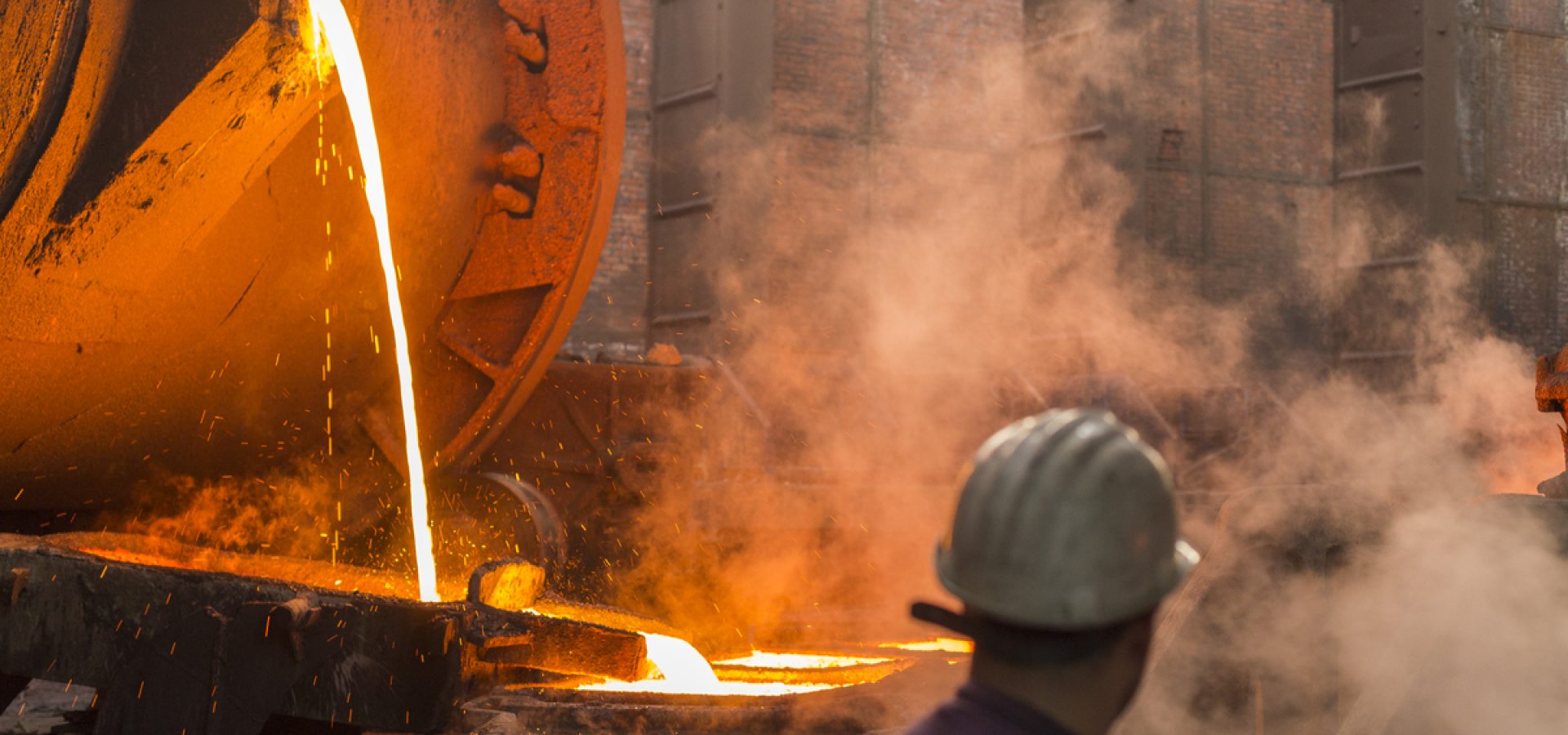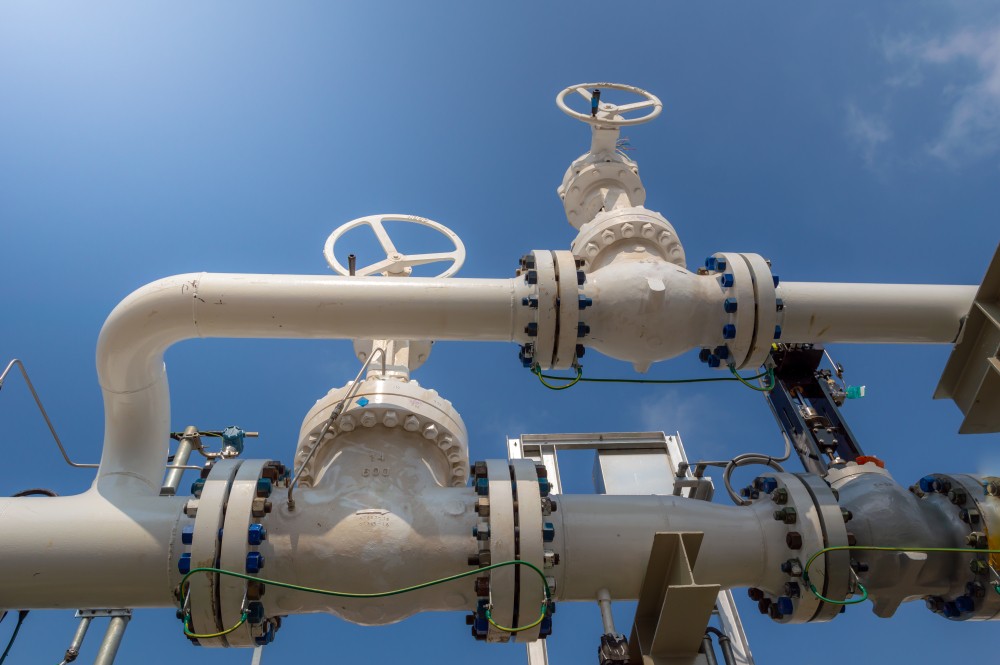Quick Look
- Zinc futures soared to a 5-week high amid output cuts at a South Korean smelter.
- Combined zinc inventories have reached peak levels since May 2021, hinting at supply pressures.
- SHFE copper prices escalate, signalling a stronger import appetite in China.
- Mixed movements in other metals, with notable increases in nickel and tin prices.
Zinc prices increased significantly, reaching a five-week high of 0.69% to 218.6; this surge stems primarily from reduced output at a South Korean smelter, sparking supply concerns. Despite this, the price gains were somewhat limited due to muted demand from China.
China’s refined zinc output also saw a downturn in January 2024, attributed to scheduled maintenance and holiday periods. Nevertheless, some increases in production capacity and resumed operations post-maintenance partially offset the decline.
Market analysis further revealed that the zinc market deficit expanded in December 2023. However, contrasting trends emerged on a yearly basis, with 2023 displaying a surplus, diverging from the deficit recorded in 2022. Technical indicators suggest a support level of 217.3 and a resistance of 219.5. Moreover, cancelled warrants for zinc witnessed a notable jump, underscoring the existing supply strain.
Copper Surges; Mixed Metal Movements
Copper prices also showed volatility, with Shanghai Futures Exchange (SHFE) copper rising by 0.6% to 69,450 yuan, marking the highest point since February 1. The Yangshan copper premium climbed to $60 a ton, indicating an enhanced appetite for copper imports into China, further evidenced by a 2.6% increase in unwrought copper imports during the first two months of 2024.
Conversely, LME copper prices experienced a slight decline of 0.2% to $8,559 a ton, fueled by uncertainties over demand and the absence of detailed Chinese stimulus measures. Other metals, including aluminium, nickel, lead, and tin, displayed mixed price movements. Notably, SHFE nickel and tin prices increased, while LME aluminium and nickel prices remained relatively stable.
Inventory Shifts; Economic Indicators Mix
The metals market also saw shifts in inventory levels, with aluminium on-warrant inventories dropping to their lowest since February 13. This decline in exchange inventories for a fourth consecutive day points to a tightening supply in the aluminium market.
Zinc’s cash-to-3-month spread narrowed to a contango of US$37/t, highlighting supply constraints in the physical market. On the economic front, China’s manufacturing sector showed signs of stability yet caution, with the Caixin PMI improving in February 2024 despite a slight decline in the official NBS PMI. These indicators suggest a complex interplay of factors influencing the metals market, including supply and demand dynamics, inventory levels, and economic conditions.









COMMENTS